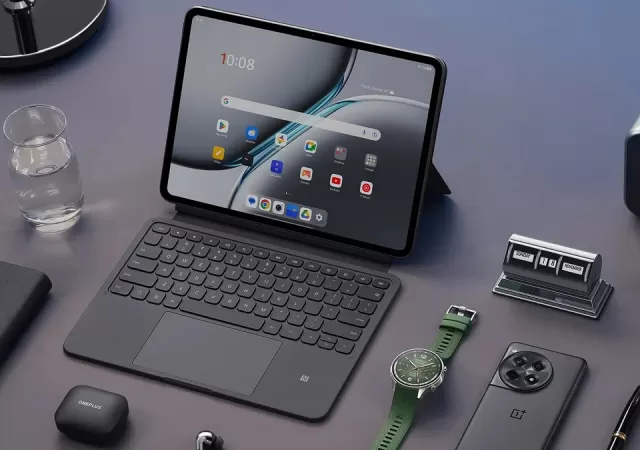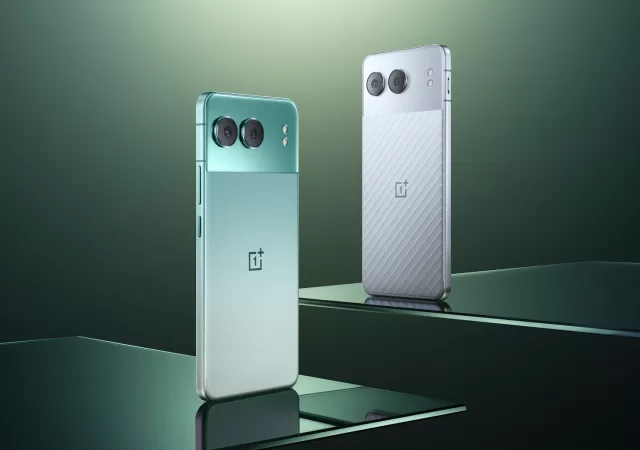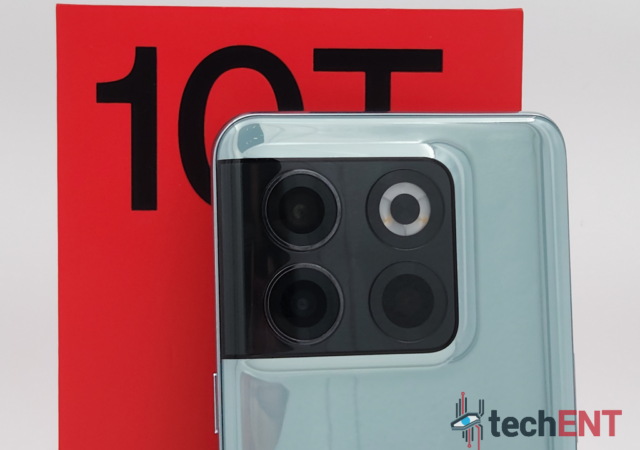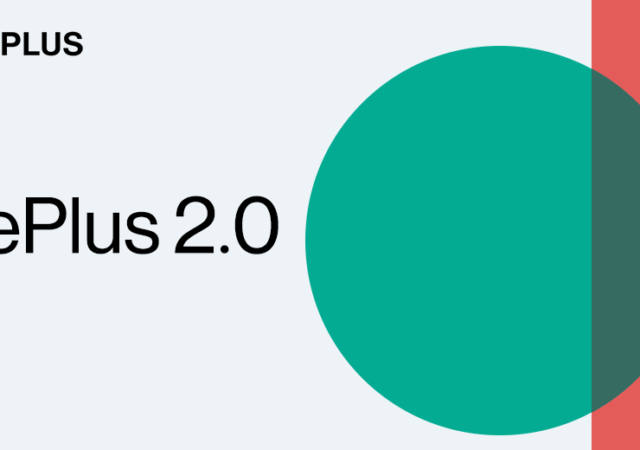OnePlus announces the new OnePlus 13 with OxygenOS 15 based on Android 15, a brand new camera system and the Snapdragon 8 Elite processor.
OnePlus Pad 2 Heats Up the Android Tablet Market
OnePlus is heating up the Android tablet scene with its flagship OnePlus Pad 2 that comes with all the bells and whistles for a productivity powerhouse.
OnePlus Nord 4 Unveiled: A Mid-Range Contender with a Premium Feel
OnePlus unveils its brand new midrange hero – the OnePlus Nord 4 breaking conventions and supercharging it with the Snapdragon 7+ Gen 3.
The OnePlus 12 is Official & It’s Specc’d to Kill
OnePlus is back with the OnePlus 12: the flagship that looks to set itself apart with its signature ‘Flagship Killer’ moniker. Crafted with a fusion of innovation in pursuit of user satisfaction, the OnePlus 12 looks like a luxury timepiece with its Flowy Emerald colour and design.
OxygenOS 14 Coming To OnePlus Devices on September 25, 2023!
OnePlus announces that OxygenOS 14, based on Android 14, will be coming to OnePlus devices starting on September 2023.
OnePlus and OPPO Unifies – OnePlus 2.0 Era is Here
OPPO and OnePlus are now merging and working together to develop a unified platform to replace ColorOS and OxygenOS.








